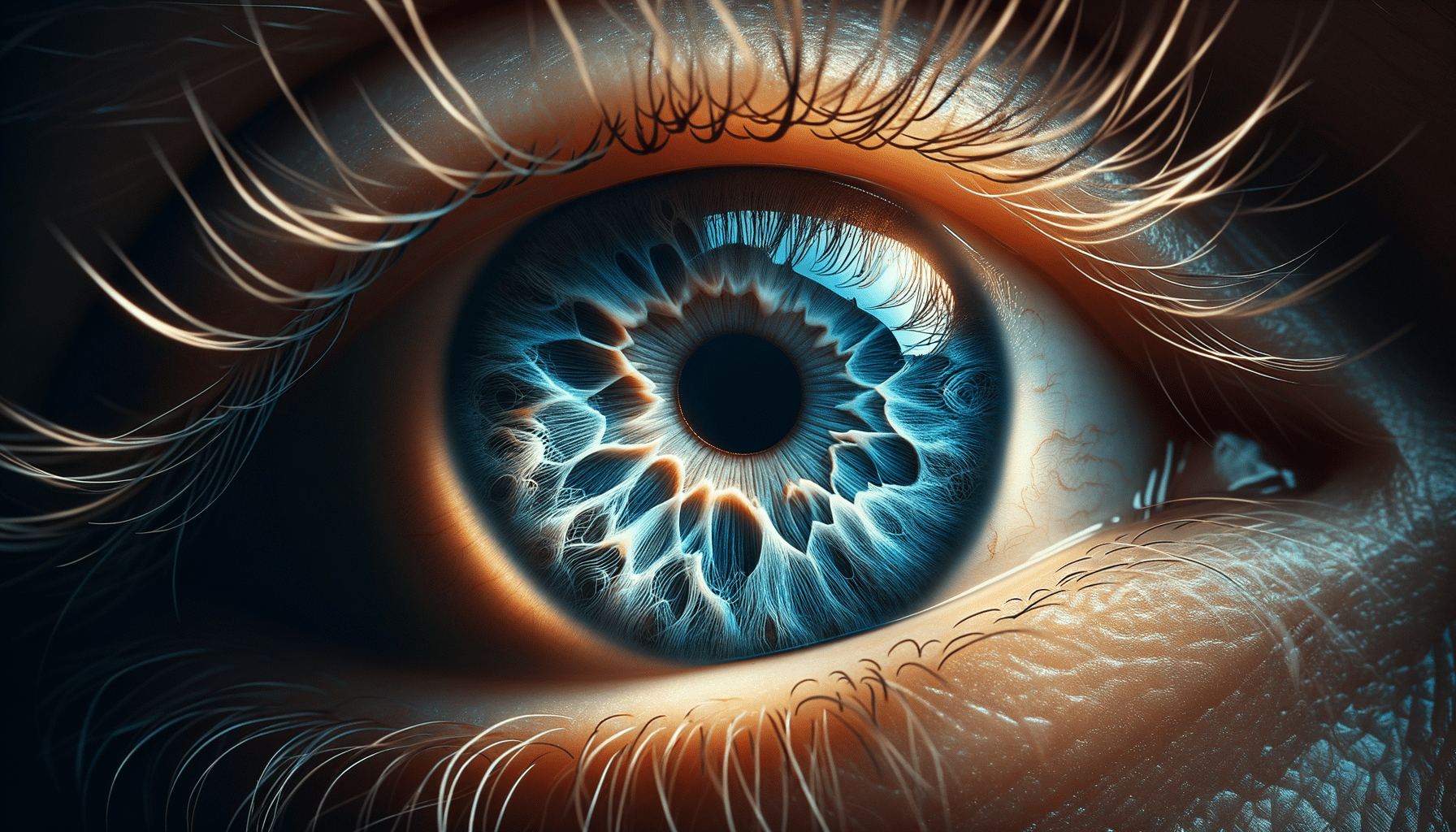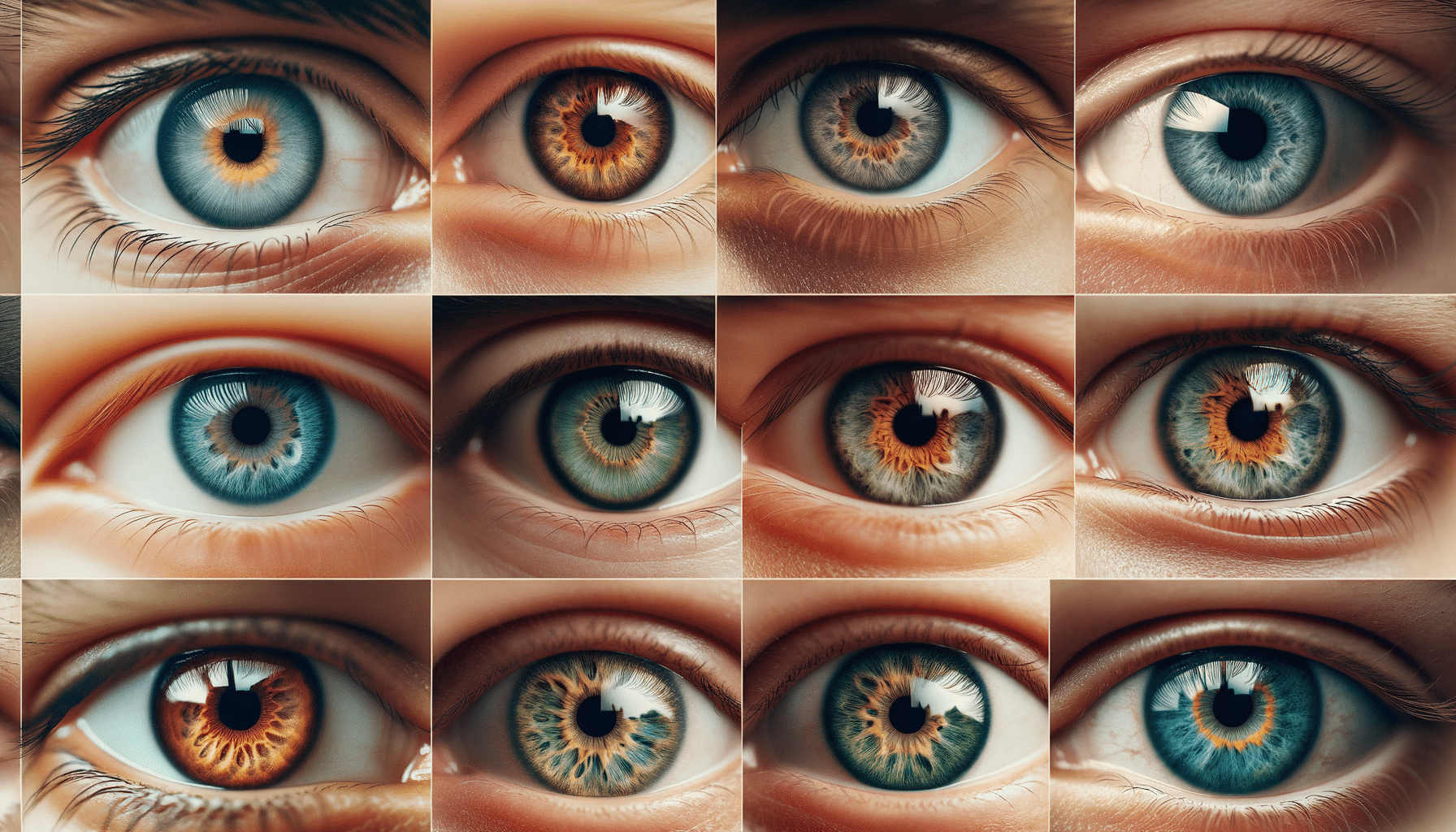
Do you know what information your eye color can reveal?
Introduction to Eye Color and Its Significance
Eye color is one of the most striking features a person can possess, often capturing attention and sparking curiosity. But beyond aesthetics, eye color can reveal fascinating insights into genetics, health, and even personality traits. Understanding these hidden secrets can offer a deeper appreciation of this unique aspect of human biology.
The Genetics Behind Eye Color
Eye color is determined by the combination of genes inherited from both parents, primarily involving the OCA2 and HERC2 genes on chromosome 15. These genes influence the amount and distribution of melanin in the iris, which dictates the eye color. Brown eyes, being the most common, result from high melanin levels, while blue eyes are due to lower melanin concentration, allowing light to scatter and create a blue hue.
Interestingly, the genetic mechanisms behind eye color are more complex than a simple dominant-recessive inheritance pattern. Recent studies suggest that multiple genes contribute to the spectrum of eye colors, including green, hazel, and gray. This complexity means that predicting a child’s eye color based solely on the parents’ eye colors can be challenging and sometimes surprising.
Health Implications Linked to Eye Color
Research indicates that eye color can correlate with certain health risks and conditions. For instance, individuals with lighter eye colors, such as blue or gray, may be more susceptible to UV-related eye damage due to lower melanin protection. This increased sensitivity can elevate the risk for conditions like macular degeneration and cataracts.
Conversely, people with darker eye colors may experience a reduced risk of such conditions but might be more prone to certain types of glaucoma. Understanding these correlations can be crucial for preventive eye care and emphasizes the importance of regular eye check-ups tailored to one’s specific needs.
Eye Color and Personality Traits
The idea that eye color can reflect personality traits is a topic of both scientific inquiry and cultural lore. Some studies suggest that eye color might influence perceived personality characteristics. For example, brown-eyed individuals are often viewed as trustworthy and warm, while those with blue eyes might be perceived as more competitive and assertive.
While these associations can be intriguing, it’s essential to approach them with a healthy dose of skepticism. Personality is a complex interplay of genetics, environment, and experiences, and while eye color can be a fun conversation starter, it is not a definitive indicator of one’s character.
Cultural Perspectives on Eye Color
Throughout history, different cultures have ascribed various meanings and superstitions to eye color. In some societies, blue eyes have been associated with mystical or divine qualities, while in others, brown eyes are celebrated for their warmth and depth. These cultural perceptions can influence social interactions and personal identity, demonstrating the profound impact of eye color beyond biology.
Whether viewed through a scientific lens or a cultural one, eye color remains a captivating subject that continues to inspire curiosity and exploration. By understanding the nuances of eye color, we can appreciate the richness it adds to human diversity.
Conclusion: Embracing the Diversity of Eye Colors
In conclusion, eye color is more than just a physical trait; it is a window into our genetic makeup, health predispositions, and cultural narratives. While science continues to unravel the mysteries of eye color, it is important to celebrate the diversity and uniqueness it represents. Whether brown, blue, green, or hazel, each eye color contributes to the vibrant tapestry of human diversity, offering a glimpse into the complex interplay of genetics and environment.


